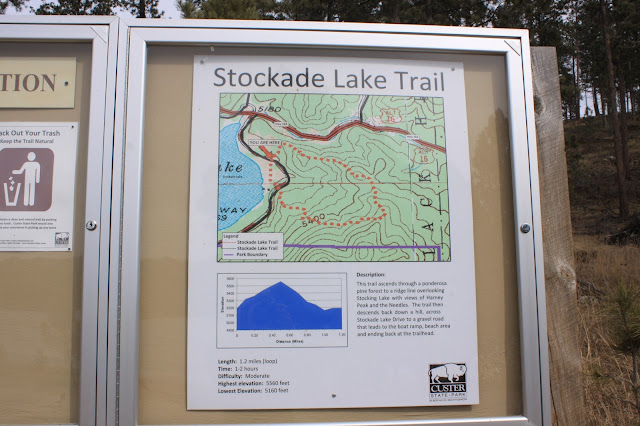This was the second kids caving adventure for our group of three caver
families. We chose an easily accessed cave with mostly horizontal
passages. This cave has a section of very dry and dusty passages with
many and sometimes historic inscriptions on the walls. Once you pass
through a constriction the cave becomes very, very muddy. This mud is
the sticky kind that doesn't really rinse away instead you must scrape
it off everything. The cave was included in George Wheeler's 1872
expedition and contains historic inscriptions form their cave
expedition.
 |
| http://www.davidrumsey.com/luna/servlet/detail/RUMSEY~8~1~32259~1151615:Cave-Valley,-Nevada- |
The entrance is at road level and looks like a mine portal. This is the local bat biologist taking notes about the Townsend big-eared bats.
The kids are clean and testing their cave lights. Note some of the many inscriptions on the rock behind them. Currently (2016) the Bureau of Land Management is inventorying and determining the historic and non-historic inscriptions in preparation for cleaning efforts.
Kids 5, 8, 6, 4, 4, and 2.
These guys are great at finding small passages.
Carbide inscriptions.
We finally left the dry part and ventured into the wet and muddy cave.
We explored a side passage, crawling for adults yet walking for two-year-olds.
We made it past the constriction and into the very sticky mud. This is one of the pits where the mud was mined and used for pottery. The kids stopped and began testing their climbing skills.
Sometimes you need a hand from your friends. Half of our group, mainly adults and the oldest child, ventured further to collect data from data loggers. The small kids tried to follow but quickly became frustrated slipping, falling and getting stuck in the mud. The decided to stay at the pit and continue to slide in and then climb out.
These guys found something.

Then we moved back to the dry passages and the kids began to draw in the dusty floor.

This little one couldn't stop climbing.
We tested our ultraviolet light and looked for fluorescence in the rocks.
These two tried telling scary stories.
Our groups rejoined and these guys were muddy, though people often emerge covered from head to toe.
Mostly free of mud with easier cleanup. I do have a helmet, I was just using it as light for the photo.






















































